
Recommendation
Management consultant Robert Bruce Shaw examines successful teams at seven “cutting-edge” companies – Airbnb, Alibaba, Netflix, Patagonia, Pixar, Whole Foods and Zappos – and identifies behaviors and mind-sets that set them apart. He reports that they share a mission-driven approach to their work, don’t shy from conflict when it leads to better results and value “cultural fit” over experience. Shaw’s practical guidebook brims with useful anecdotes and insights into how the best teams function. getAbstract recommends his overview to leaders who want to drive improved business results by helping their teams improve.
Summary
About the Author
Management consultant Robert Bruce Shaw also wrote Leadership Blindspots.
By the same author
Book
Learners who read this summary also read
Book
Book
Book
Book








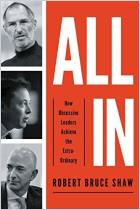


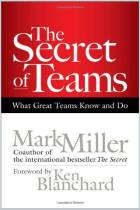
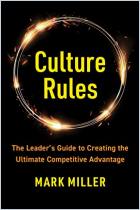

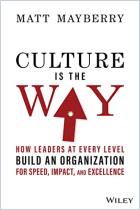
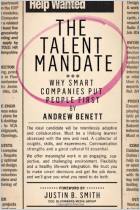








Comment on this summary or Démarrer une discussion